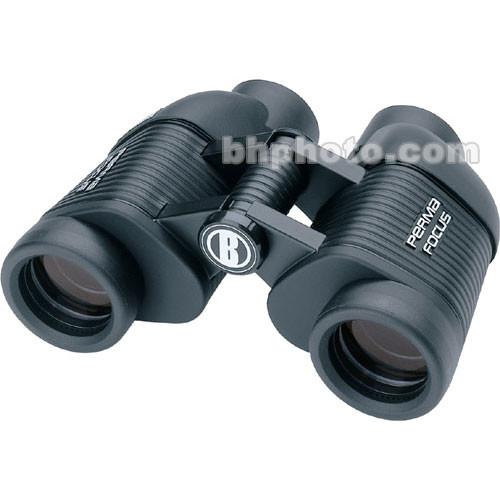Nikon Stabileyes 12x32 Manual
Nikon's new 14x40 StabilEyes is the world's first dual mode, digitally stabilized marine binocular. This 14 power binocular is optimized for use on boats, in moving vehicles, or in aircraft. Onboard and land use settings allow the versatility needed for diverse applications. Center focusing and compact (7.3' long x 5.8' wide), the Nikon StabilEyes is easy to use and fits into a daypack or carry-on bag. Dual mode professional grade marine binoculars that are stabilized on land and on board! With power, razor sharp resolution, and a steady hold necessary for long viewing. Phase correction coated prisms, fully muticoated lenses that provide clear, crisp images.

ニコンスタビライズ12x32 Nikon StabilEyes 12x32 使用説明書 Instruction Manual Bedienungsanleitung Manuel d’utilisation Manual de instrucciones. Overview Ideal for use under any weather condition, fog proof Even when used in extreme., the Nikon Stabileyes VR 16 x 32 Binocular is completely waterproof View, Download Nikon StabilEyes 12x32 instruction manual online StabilEyes 12x32 Binoculars pdf manual download. Nikon Stabileyes 12x32 Manualidades.
Waterproof/fogproof construction and Nikon's exclusive Pan and Tilt feature that provide unmatched flexibilty. One year limited warranty.
Nikon Stabileyes 12x32 Manual Transfer 4,4/5 5583reviews 7x50IF HP WP Tropical; 10x70IF HP WP; 7x50IF SP WP; 10x70IF SP WP; 18x70IF WP WF. Sportstar Realtree Outdoors. Sport Lite 8x25DCF; Sport Lite 10x25DCF. Sportstar EX. Sportstar EX 8x25DCF; Sportstar EX 10x25DCF. 12x32 is designed for use during high vibration; therefore it is a perfect choice for watching from a helicopter, terrain vehicle or boat on rough sea.
Nikon's new 14x40 StabilEyes is the world's first dual mode, digitally stabilized marine binocular.
The sharp image is achieved at any situation with innovative Japanese technology based on piezo-electrical sensors and stepper motors. Binoculars from series are offering a very contemporary technology for image stabilization in a small sealed compact housing.
Technologically the binoculars of series represent the peak in this class and are the most suitable for usage at sea, in vehicles and helicopters. They can successfully compensate the vibrations of different magnitude and can be set up easily. But at the same time they are robust well enough to be used even at the hardest conditions where the vibration is dominant. The binoculars are filled with dry nitrogen, which prevents inside lens dewing and are therefore useful even in the low temperature environment. Variable magnification Optical products with variable magnification are more versatile as they're designed with a wider range of magnification and larger viewing angle.
With their high number of lenses in housing, optics with variable magnification are larger, heavier and have lower permeability of light. Variable magnification is rarely present in binoculars, but it's mostly used in riflescopes and spotting scopes. Advantages of the variable magnification regarding usability with riflescopes and spotting scopes outweigh disadvantages – in short one fits all.
High quality variable binoculars are very rare. No Magnification. Introduction Magnification is an optical parameter which enlarges/zooms the viewing image and makes the observed object seem bigger. For example, with magnification factor 10 we see objects 10 times larger, which means if an object is 0.1 m high and 100 m away we see it 1 m large.
In other words, it’s the same observing the object that's 100 meters away with a 10x binoculars as watching it with the naked eye 10 meters away. In choosing the right magnification for fixed magnification optical products, practice shows that the most useful magnifications are between 7x and 10x, where average people seem to handle optics without too much hand tremor. Source: ZEISS Fixed magnification Optical products with fixed magnification are designed in a way that they allow only one magnification of a viewing object. X Mirage Mac Keygen File. Due to a smaller number of lenses used in their construction, they are optically brighter and have lower loss of brightness. The number of lenses contributes to its smaller size and lighter weight in comparison to optics with variable magnification. Most of binoculars tend to have fixed magnification, whereas with riflescopes it’s getting rarer each year.